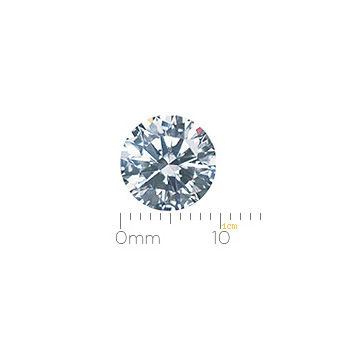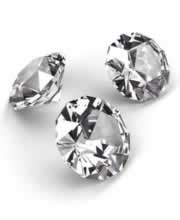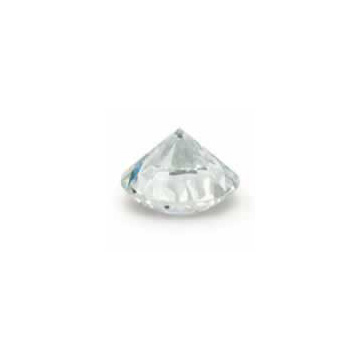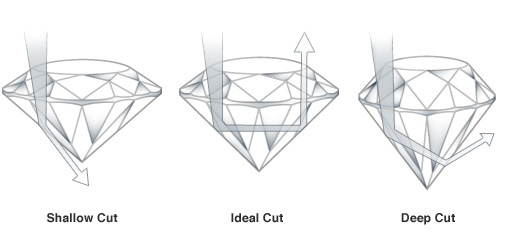A diamond’s weight is measured in what is known as a ‘carat’, which is a small unit of measurement equal to 200 milligrams. Carat is not a measure of a diamond’s size, but rather a measure of a diamond’s weight. One carat can also be divided in 100 points.
A .75 carat diamond is the same as 75 points or 3/4 carat diamond. Because larger diamonds are found less frequently in nature, they are more valuable.
Therefore, a 1 carat diamond will cost more than twice a 1/2 carat diamond, assuming other characteristics are similar. The most important thing to remember when it comes to a diamond’s carat weight is that it is not the only factor that determines a diamond’s value. The diagram to the right shows the size of various carat weights of a diamond in relation to each other.




